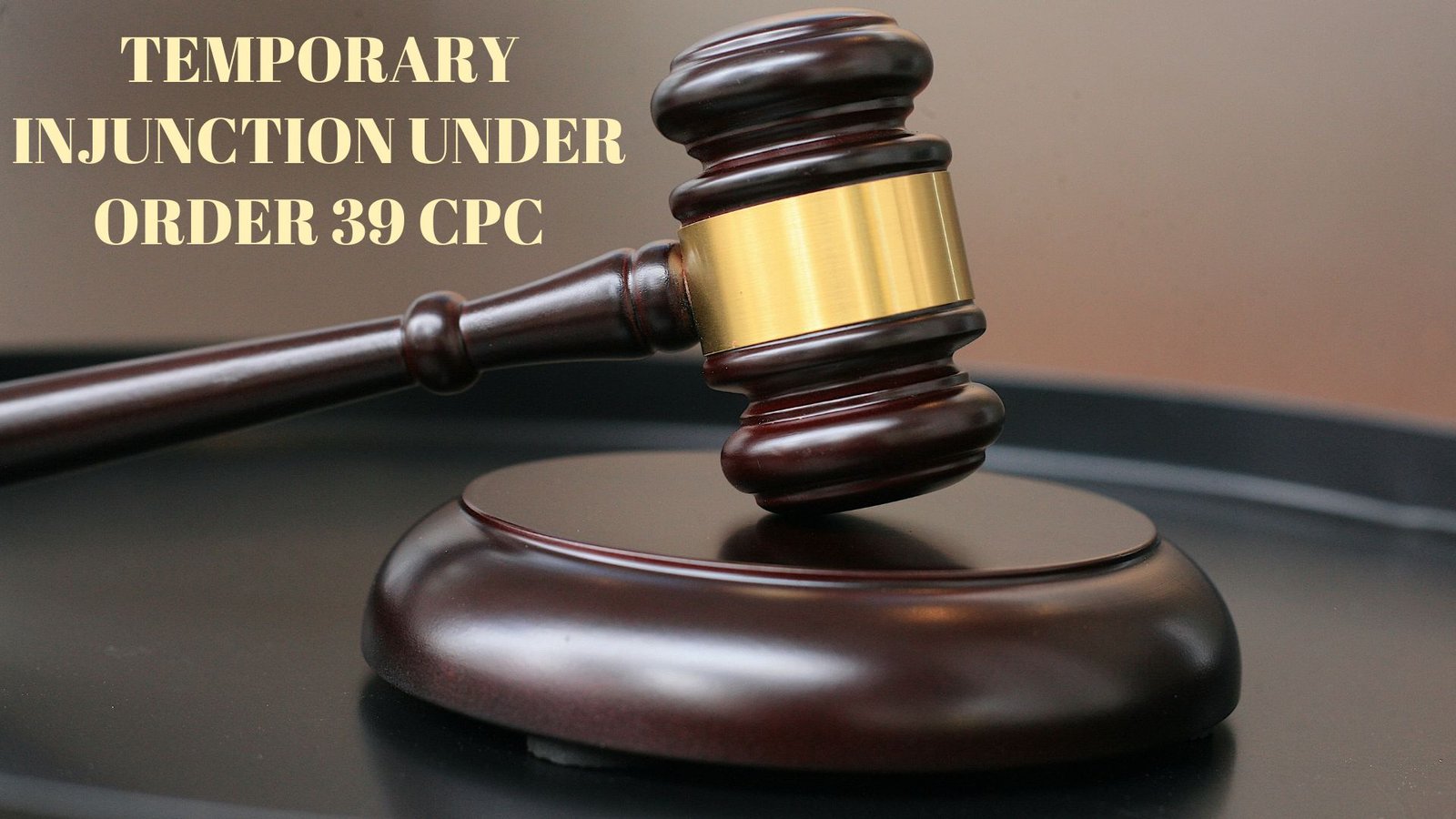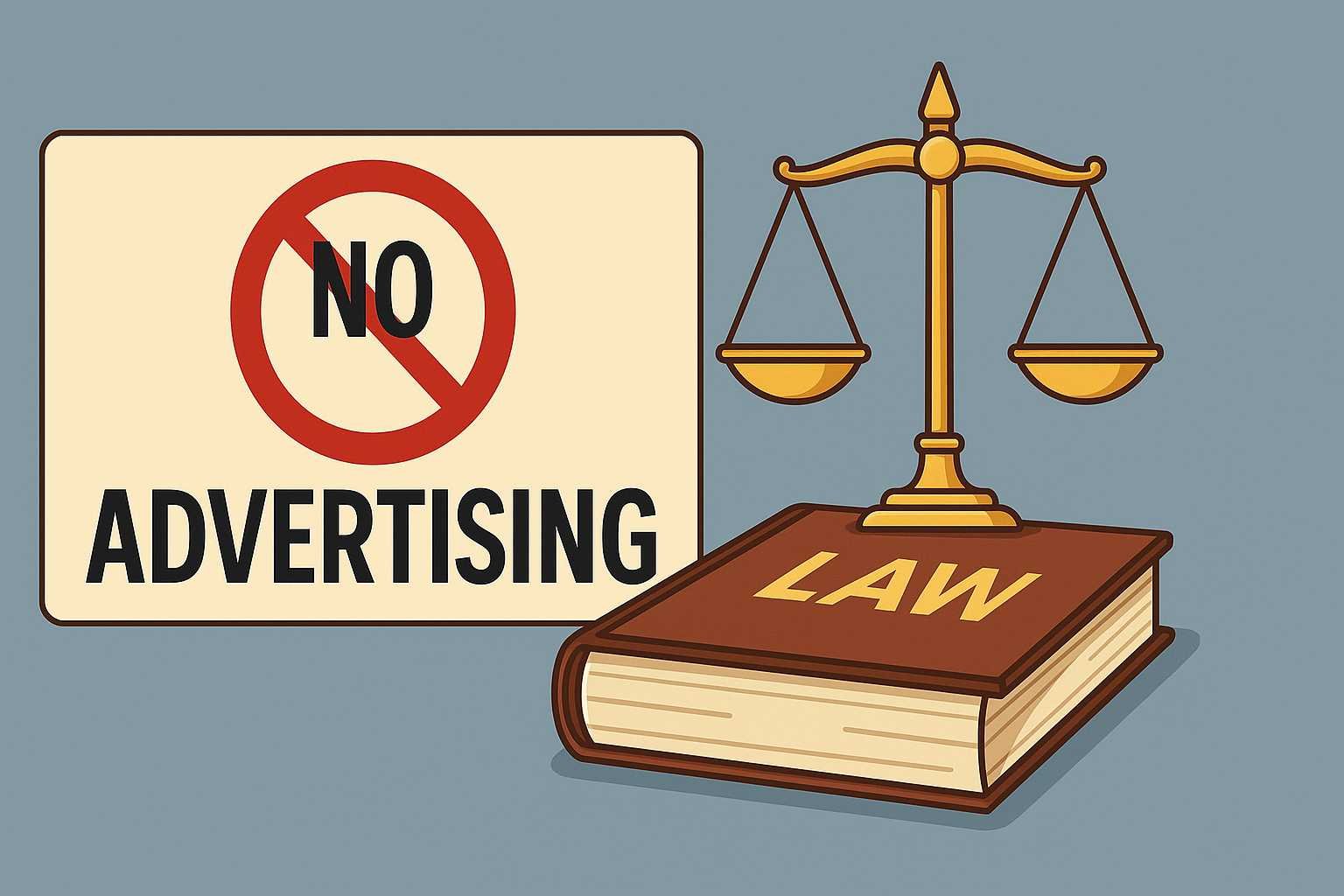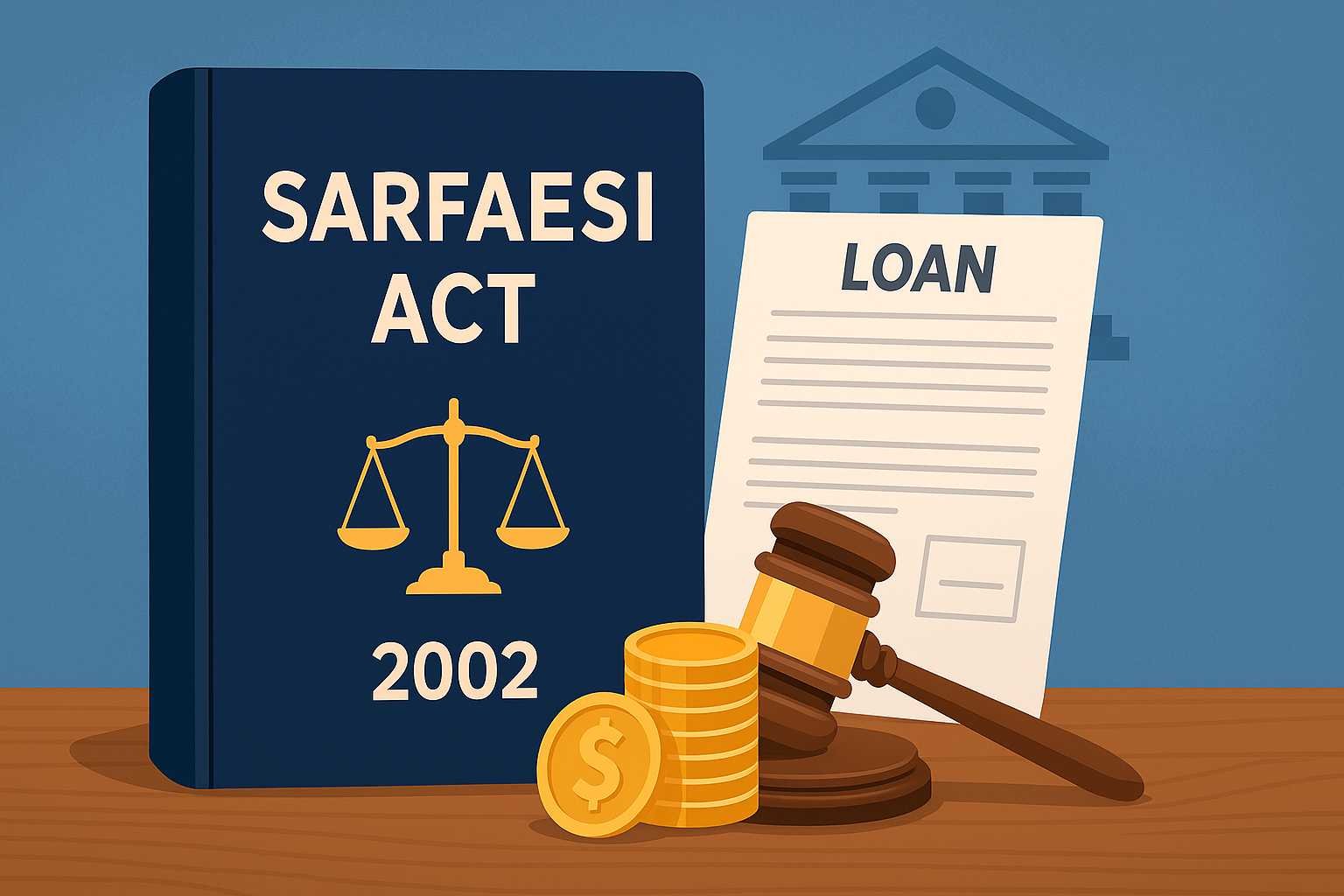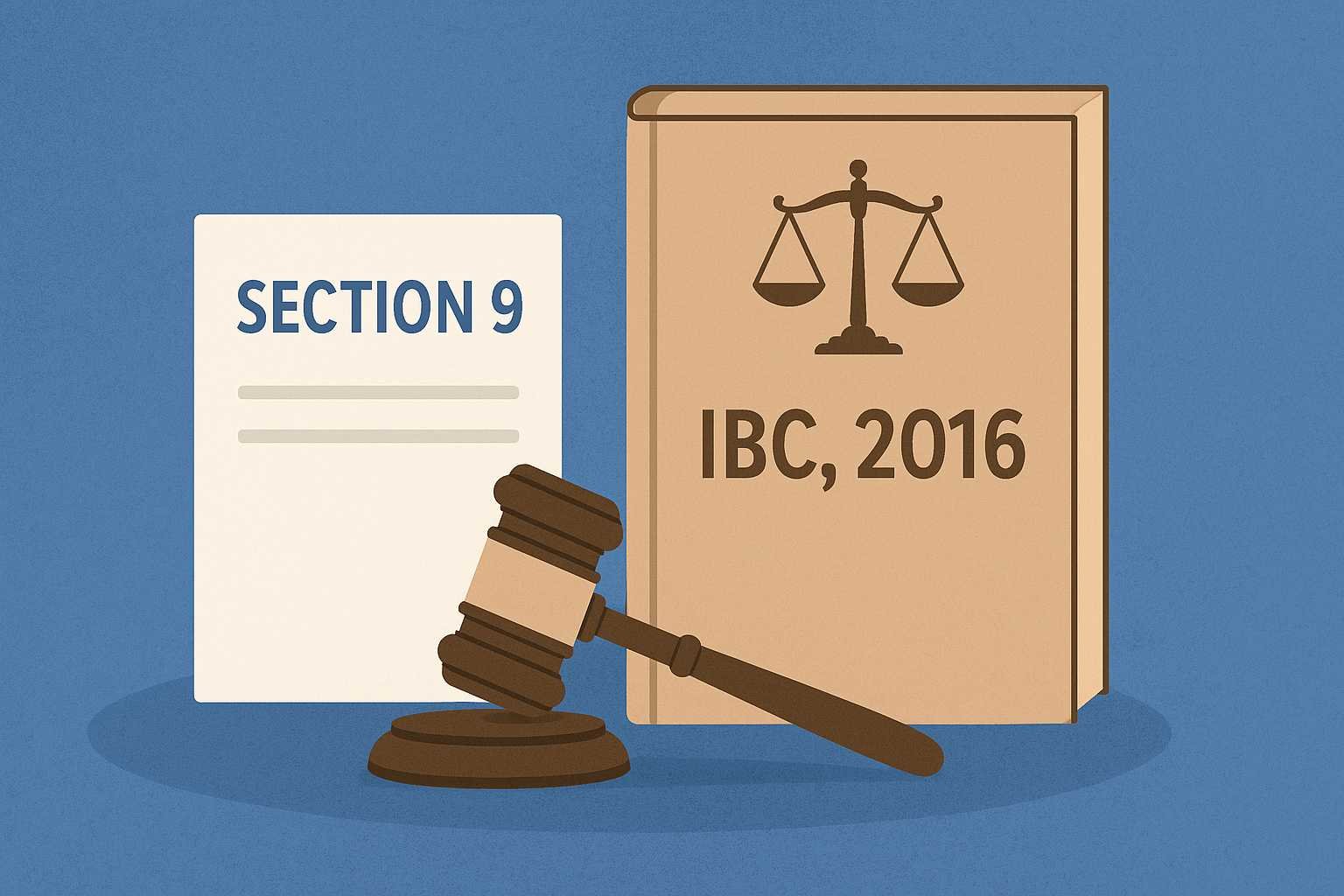On this page you will read detailed information about Difference Between a Chargesheet and an FIR.
When confronted with legal terms, it can be difficult to distinguish the exact differences. You may have heard the terms “charge sheet” and “FIR” used in relation to criminal cases and wondered what sets them apart. In about 100 words, this article will clearly outline the key distinctions, providing you greater legal literacy. By understanding the separate purposes and components of an FIR and charge sheet, you will have the knowledge to better comprehend the sequence of events in a criminal prosecution. Continue reading to gain clarity on terminology that may have previously seemed opaque or confusing when mentioned in news reports or television dramas. The concise explanations herein will equip you to more fully grasp the criminal justice process in India.
What Is an FIR?
An FIR or First Information Report is a written document prepared by the police when they receive information about the commission of a cognizable offense. It is the first step of the criminal justice process.
To file an FIR, you must report the incident at the police station closest to the area where the offense took place. The police officer will record the information provided by you in a First Information Report. This includes:
- Details about the complainant like name, address, etc.
- Information about the accused if known
- Description of the incident including time and location
- Sections of the Indian Penal Code that are applicable to the offense
The FIR sets the criminal law in motion. It is based entirely on the information provided by the complainant. The police conduct an investigation based on the FIR to determine whether there are sufficient grounds to proceed with the case. If the investigation reveals credible evidence, a charge sheet is filed and the case goes to court.
Some key points about FIRs:
- An FIR must be filed as soon as possible after the incident occurs. Delay in reporting can weaken the case.
- FIRs can be filed for cognizable offenses only. Non-cognizable offenses require a magistrate’s permission to investigate.
- FIRs must be filed in the police station that has jurisdiction over the area where the offense took place.
- The information in the FIR must be given by the complainant or an eyewitness. Hearsay information is not accepted.
- An FIR is required to initiate an investigation but the police can file a closure report if the investigation does not find sufficient evidence. The case can be reopened if new evidence comes to light.
- FIRs are public documents. Copies can be obtained through an RTI application. An FIR does not mean that the accused is guilty, it is just the starting point of the investigation.
In summary, an FIR is a crucial first step in the legal process for serious offenses. It initiates the police investigation that may lead to the filing of charges if there is merit in the complaint.
What Is a Chargesheet?
A charge sheet is a legal document filed by the investigating officer in a criminal case, outlining the charges against the accused person. It is submitted to a court of law, along with evidence and statements to support the charges. The charge sheet allows the court to determine if there is enough evidence against the accused to warrant a trial.
The charge sheet will specify the exact crimes the accused is being charged with, based on the penal code. It contains details about the alleged offenses, including the date, time, and location they occurred. The charge sheet should articulate a clear and logical argument for why the evidence implicates the accused in the specified crimes.
The charge sheet is a key step in the legal process, following the first information report (FIR) and preceding the actual trial. Once a charge sheet has been filed in court, the accused is asked to respond to the charges, typically entering a plea of guilty, not guilty or no contest. If the court decides the charges are well-founded, a trial date is set. However, if the court determines there is insufficient evidence, the accused may be discharged.
It is important to note that a charge sheet is not a conclusion of guilt; it is meant only to compel the accused to stand trial. Filing a false or frivolous charge sheet can result in legal penalties. The prosecution must prove the accused’s guilt beyond a reasonable doubt in a fair trial. An accused is presumed innocent until proven guilty in the eyes of the law.
In summary, a charge sheet outlines the specific charges leveled against an accused person based on an initial police investigation. Its purpose is to determine if there is cause for a full trial, where the prosecution will aim to prove guilt and the defense can respond to the charges. The charge sheet moves the legal process forward but does not itself determine a verdict.
Key Differences Between an FIR and Chargesheet
An FIR and a charge sheet are legal documents used in the Indian criminal justice system, but they serve different purposes.
Purpose
An FIR, or First Information Report, is the initial record of information about an offense. It is filed with the police, typically by the victim of a crime, to report that an offense has been committed. A charge sheet, on the other hand, is filed by the police and contains the charges against the accused based on the investigation of the FIR. It is submitted to a magistrate in court.
Timing
An FIR is filed at the very beginning, as soon as information about the commission of a cognizable offense comes to light. A charge sheet is filed at the conclusion of the investigation by the police, once there is enough evidence against the accused. The time between the FIR and charge sheet can range from a few months to several years, depending on the complexity of the case.
Contents
An FIR contains preliminary details about the offense, such as the time and location of occurrence, names of victims/accused if known, and the sections of law that are allegedly violated. A charge sheet, on the other hand, contains the results of the police investigation, including statements of witnesses, documentary evidence, recovery memos, and the charges leveled against the accused based on the evidence.
Legal Implications
An FIR by itself does not lead to prosecution of the accused. It is merely a record of information to alert the police about an offense. A charge sheet, however, formally charges the accused of offenses that warrant prosecution in court. If the court takes cognizance of the charge sheet, it can issue summons or warrants to the accused to face trial.
In summary, an FIR and charge sheet, while related, serve distinct purposes at different stages of a criminal case. Understanding the key differences between these two legal documents can help in navigating the Indian legal system.
In the previous post, we had shared information about Order 39 CPC : Temporary Injunction and Interlocutory Orders, so read that post also.
When Is an FIR Filed?
An FIR, or First Information Report, is filed when the police first receive information about the commission of a cognizable offense. This is the first step towards the investigation and prosecution of the alleged offender(s).
- The FIR is filed as soon as the information about the offense is received by the police, either through victim/complainant or other sources. Any undue delay can be construed as inefficiency or malpractice on the part of the police.
- The FIR contains information about the offense, including details about the time, place and manner in which it was committed. It also mentions the names and addresses of the complainant and witnesses.
- The FIR is the basis for the initiation of investigation into the reported offense. It allows the Investigating Officer to visit the crime scene, collect evidence, record witness statements, seize weapons, apprehend suspects and conduct searches.
- The contents of the FIR can be used to corroborate or contradict subsequent statements by the witnesses and complainant. Any major deviations between the FIR and later statements can cast doubts about the veracity and reliability of the evidence.
- The FIR sets the criminal law into motion. Failure to register an FIR for a cognizable offense is illegal and can invite disciplinary action against the concerned police officers.
- The FIR is a vital document as it is the first version of the incident and helps in initial stages of investigation. It should be recorded carefully and accurately by the police since its contents have a bearing on the entire case.
In summary, the FIR is the first step in the criminal justice process. It is instrumental for initiating investigation into a reported offense and collecting legally admissible evidence against the perpetrators. The police are duty bound to register an FIR as soon as they receive information about the commission of a cognizable offense.
When Is a Charge Sheet Filed?
A charge sheet, also known as a chargesheet, is filed by the police once an investigation into a cognizable offense is completed. It is submitted to a magistrate, alleging that an individual has committed an offense and seeking permission to prosecute them.
At the conclusion of a police investigation, if there is sufficient evidence to establish a prima facie case against an accused, the police will file a charge sheet. The charge sheet will list the specific offenses that the accused is being charged with, based on the findings of the investigation.
It contains a statement of the offenses, the time and location they allegedly took place, and specifies the laws that were violated. The charge sheet provides the accused with information about the allegations and charges against them so they can prepare their defense.
Some key points about when a charge sheet is filed:
- It is filed only for cognizable offenses where the police have the authority to investigate and file charges without a court order. For non-cognizable offenses, the police can only investigate with a court order and submit a final report.
- It is filed after the police have conducted a thorough investigation and gathered adequate evidence to establish a prima facie case against the accused. Mere suspicion or allegations are not enough.
- It is submitted to a magistrate, not directly to a court. The magistrate will review the charge sheet and attached evidence to determine if there are sufficient grounds for prosecution. If approved, the case moves forward to trial.
- The chargesheet is not an indictment or conviction – it is a necessary step to commence prosecution. The accused is still presumed innocent until proven guilty in a court of law.
- The police are required to file a charge sheet within 90 days for offenses punishable with imprisonment up to 10 years. For more serious offenses, the limit is 60-90 days. Failure to do so can result in the accused being discharged.
- The charge sheet can be amended or supplemented as new evidence comes to light during an ongoing investigation. Additional accused persons can also be added.
In summary, a charge sheet is an important procedural document that allows the police to prosecute an accused for an alleged criminal offense, based on the findings of their investigation. But the final verdict still lies with the courts.
What Happens After Filing an FIR?
Once an FIR has been registered, the police will start an investigation into the matter. This typically involves:
- Collecting evidence from the scene of the crime, including fingerprints, DNA samples, photographs, etc. The police may visit the location where the alleged offense took place to gather clues and other evidence to support the case.
- Questioning the complainant, witnesses, suspects and other related parties. The police will record statements from all parties involved to understand the sequence of events.
- Conducting searches of suspects and their properties. The police can conduct raids and seize objects that could be related to the crime.
- Making arrests of potential suspects. If the police have reasonable grounds to believe someone committed the offense, they can arrest that individual. The arrested person is then questioned and their statement is recorded.
- Preparing a charge sheet. After concluding the investigation, if there is sufficient evidence against the suspect(s), the police will file a charge sheet in the relevant court of law. The charge sheet formally charges the accused person(s) of the crimes mentioned in the FIR.
- Presenting the case in court. The police present all evidence, statements, and the charge sheet before the court. The court then decides if there is enough merit in the case to proceed to trial. If yes, charges are framed against the accused. If not, the case is dismissed.
At any point during the investigation, the complainant can also request the police to cancel the FIR. However, cancellation of an FIR is not easy once charges have been framed against the accused. The complainant will have to submit a written application in court explaining why the FIR should be cancelled. The court will review the merits of the application before deciding whether or not to cancel the FIR.
What Happens After Filing a Charge Sheet?
Once a charge sheet has been filed against the accused in court, the following process will commence:
Court Issues Summons
The court will issue a summons to the accused, informing them of the charges filed against them and the date of their first hearing. The accused is required to appear in court on the specified date. Failure to do so can result in the court issuing an arrest warrant.
Bail Application
At their first hearing, the accused can apply for bail. The court will review the charge sheet and other submitted evidence to determine if bail should be granted, and if so, the amount. If bail is denied, the accused will remain in police custody until the conclusion of the trial.
Framing of Charges
The specific charges listed in the charge sheet are formally framed in court. The accused will enter a plea of ‘guilty’ or ‘not guilty’ to each charge. Based on the pleas, the court will schedule future hearings and examine submitted evidence to determine if the accused should stand trial.
Trial
If the court finds sufficient cause and the accused pleads ‘not guilty,’ a full trial will commence. Witnesses will provide testimony and be cross-examined. Other forms of evidence like documents, photos, videos, etc. will be presented to the court. Following the conclusion of the trial, the court will pass judgement – either acquitting the accused or finding them guilty.
Sentencing
If found guilty, the court will schedule a separate sentencing hearing. They will consider the nature and severity of the crimes to determine appropriate punishment within the limits of the law. Punishment may include imprisonment, community service, fines, or alternative sentencing like probation or rehabilitation.
The legal process that follows the filing of a charge sheet aims to give the accused a fair chance to defend themselves and determine guilt or innocence in a systematic manner. While lengthy, it helps uphold principles of justice and due process. Understanding the key steps that occur after a charge sheet is filed can help provide transparency into India’s legal system.
Importance of Understanding the Differences
To understand the legal process in India, it is important to know the difference between a charge sheet and an FIR.
An FIR, or First Information Report, is a written document prepared by the police when they receive information about the commission of a cognizable offense. It is a report of information that reaches the police first in point of time and that is why it is called the First Information Report. It is generally a complaint lodged with the police by the victim of a cognizable offense or by someone on his/her behalf.
On the other hand, a charge sheet is a final report filed by the police in a court of law after the completion of the investigation, stating the charges against the accused persons. It contains a statement of the offenses which the police charge the accused persons with having committed, together with the particulars of those offenses. After the charge sheet has been filed, the court can take cognizance of the case and commence trial.
Some key differences between an FIR and a charge sheet are:
- An FIR is lodged at the initial stage when the information about the commission of an offense is received, whereas a charge sheet is filed at the end of the investigation by the police.
- An FIR can be filed by anyone, including the victim, witness or suspect, whereas a charge sheet can only be filed by the investigating officer.
- An FIR need not contain full details about the offense whereas a charge sheet provides complete details about the offense and the accused, along with evidence and statements.
- An FIR can be canceled during investigation but a charge sheet cannot be canceled once filed in court.
- An FIR does not require judicial scrutiny but a charge sheet is scrutinized by a magistrate before taking cognizance.
To conclude, comprehending the distinction between these two documents – an FIR and a charge sheet – will help gain valuable insight into how the criminal justice system functions.
FAQs About FIR and Charge Sheet
The difference between an FIR and a charge sheet can be confusing. Here are some frequently asked questions to clarify:
An FIR or First Information Report is the first report of an offense lodged with the police. It sets the police machinery into motion. An FIR is a written document prepared by the police when they receive information about the commission of a cognizable offense. It contains information about the offense, details of the complainant, and other relevant details.
A charge sheet, also known as a challan, is a document submitted by the police in the court stating allegations against the accused regarding the offense. After completing the investigation, if the police found evidence against the accused, they file a charge sheet in the court. A charge sheet contains a brief account of the offense alleged to have been committed, details of the accused, list of witnesses and documentary evidence.
I) An FIR is lodged with the police to report an offense while a charge sheet is submitted in court by the police after investigation.
II) An FIR can be filed by anyone having information about the offense while a charge sheet is filed by the police.
III) An FIR need not necessarily lead to filing of charge sheet. The police can file a closure report if they do not find enough evidence. A charge sheet is filed only if there is enough evidence against the accused.
IV) An FIR marks the beginning of a case while a charge sheet leads to the trial of the case.
Yes, an FIR can be quashed by the High Court under section 482 of CrPC if it finds that the FIR lacks legal merit or there are no sufficient grounds for investigation. Quashing of FIR means the police close the case and do not investigate further. The accused gets relief as the charges against them are dropped.
In summary, an FIR and charge sheet, though closely related, serve different purposes in the legal process. Understanding the distinction between these two documents can help in navigating the complexities of the legal system.
Conclusion
When considering the differences between a charge sheet and an FIR, there are a few key takeaways to remember. An FIR is the first information recorded for a cognizable offense, while a charge sheet contains the complete details of the investigation and charges. While an FIR can be filed by anyone with information, a charge sheet is prepared by the investigating officer. The charge sheet is the basis for the trial, containing all pertinent information about the accused, witnesses, evidence, and charges. Understanding these differences can help citizens know what to expect during the criminal justice process in India. Being informed on legal procedures is key for all to understand their rights and responsibilities.
Disclaimer
The information and services on this website are not intended to and shall not be used as legal advice. You should consult a Legal Professional for any legal or solicited advice. While we have good faith and our own independent research to every information listed on the website and do our best to ensure that the data provided is accurate. However, we do not guarantee the information provided is accurate and make no representation or warranty of any kind, express or implied, regarding the accuracy, adequacy, validity, reliability, availability, or completeness of any information on the Site. UNDER NO CIRCUMSTANCES SHALL WE HAVE ANY LIABILITY TO YOU FOR ANY LOSS OR DAMAGE OF ANY KIND INCURRED AS A RESULT OR RELIANCE ON ANY INFORMATION PROVIDED ON THE SITE. YOUR USE OF THE SITE AND YOUR RELIANCE ON ANY INFORMATION ON THE SITE IS SOLELY AT YOUR OWN RISK. Comments on this website are the sole responsibility of their writers so the accuracy, completeness, veracity, honesty, factuality and politeness of comments are not guaranteed.
So friends, today we talked about Difference Between a Chargesheet and an FIR, hope you liked our post.
If you liked the information about Difference Between a Chargesheet and an FIR, then definitely share this article with your friends.
Knowing about laws can make you feel super smart ! If you find value in the content you may consider joining our not for profit Legal Community ! You can ask unlimited questions on WhatsApp and get answers. You can DM or send your name & number to 8208309918 on WhatsApp











